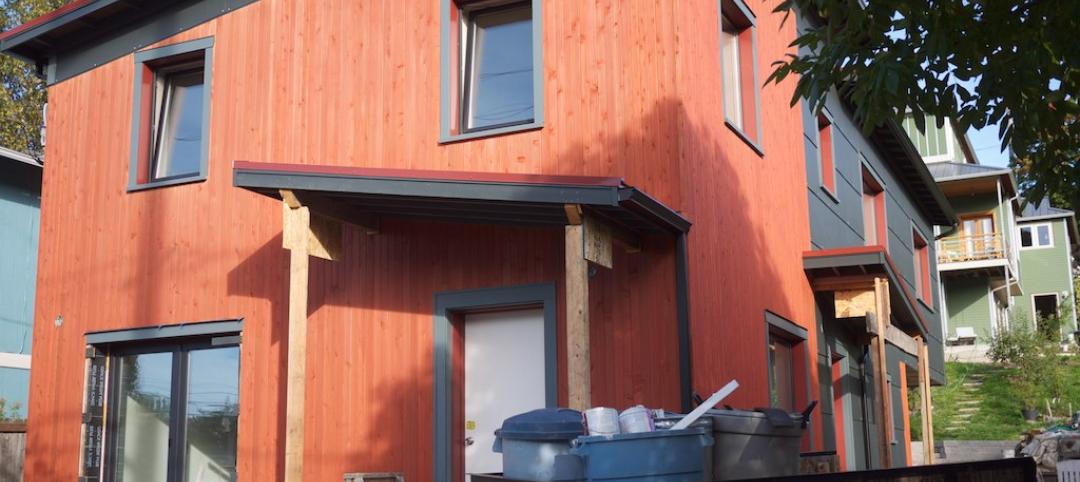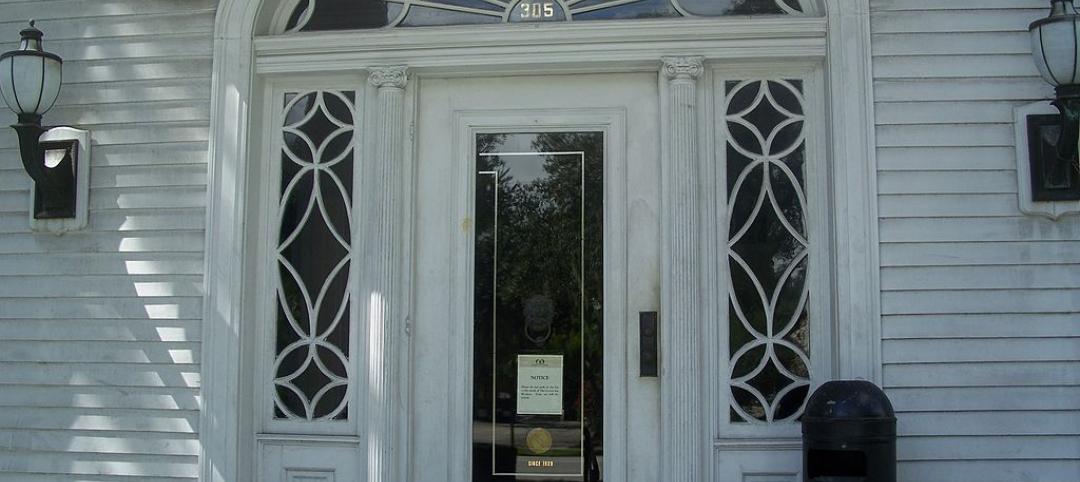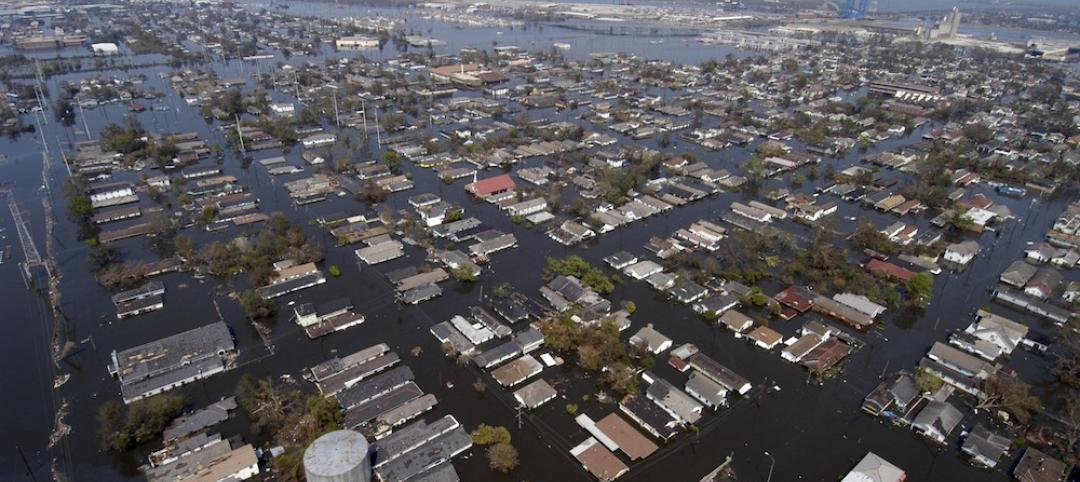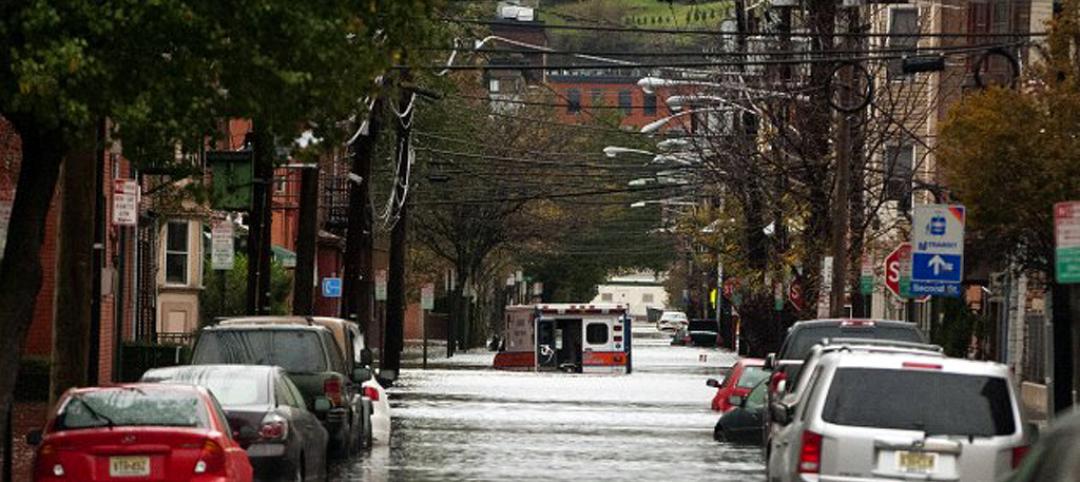The U.S. Geological Service recently released an update of U.S. National Seismic Hazard Maps that reflect the latest analysis of where future earthquakes will occur, how frequently they may occur, and their strength.
While all states have some potential for earthquakes, 42 of the 50 states have a reasonable chance of experiencing damaging ground shaking from an earthquake in the next 50 years. Sixteen states have a relatively high likelihood of experiencing damaging ground shaking. These states have historically experienced earthquakes with a magnitude 6 or greater. The hazard is especially high along the west coast, intermountain west, and in several active regions elsewhere such as near New Madrid, Mo., and near Charleston, S.C.
The eastern U.S. has the potential for larger and more damaging earthquakes than considered in previous maps and assessments. This finding is due to what scientists learned following the magnitude 5.8 earthquakes that struck Virginia in 2011. It was among the largest earthquakes to occur along the east coast in the last century, and indicated that even larger events in the region are possible.
The maps are used in risk analyses calculated using factors such as population levels, building exposure, and building construction practices. These assessments are used for establishing building codes, in the analysis of seismic risk for key structures, and in determining insurance rates. They can also aid emergency preparedness plans, and private property decisions such as re-evaluating one’s real estate and making it more resilient.
(http://www.usgs.gov/blogs/features/usgs_top_story/new-insight-on-the-nations-earthquake-hazards/)
Related Stories
Building Materials | Aug 28, 2015
Structural steel buildings specification available for second public review
Next year's specification open for comments until Sept. 21
Energy Efficiency | Aug 28, 2015
North American Passive House Network e-book explains Passivhaus, net-zero techniques
Free guide includes spotlight on individual projects
Windows and Doors | Aug 28, 2015
Newly formed group challenges Florida building code
Window, door companies oppose provisions that raise costs
Codes and Standards | Aug 28, 2015
New Orleans becoming a model for climate resilience only 10 years after Katrina
The city has moved ahead with resilience strategies that may become a model for other communities
Codes and Standards | Aug 21, 2015
Illinois governor vetoes bill that would restrict condo owners’ rights
Bill would have made it harder to sue for building flaws
Codes and Standards | Aug 21, 2015
Post-Katrina roofing codes creating more resilient buildings on Gulf Coast
Ten years after storm, notable progress on stronger roofs, IBHS says
Smart Buildings | Aug 21, 2015
Federal Alliance for Safe Homes offers plan to strengthen codes for disaster resilience
Some states losing ground on resilience, group says
Codes and Standards | Aug 21, 2015
After disease outbreak, ASHRAE legionella standard adopted in New York
City Council acts after 12 die of legionellosis
Codes and Standards | Aug 13, 2015
Research indicates major earthquake looming for Pacific Northwest
Most structures built before seismic codes instituted; extreme damage predicted
Codes and Standards | Aug 13, 2015
New York City may allow affordable housing developers to ‘double dip’ in subsidies
New York City may allow affordable housing developers to ‘double dip’ in subsidies

















